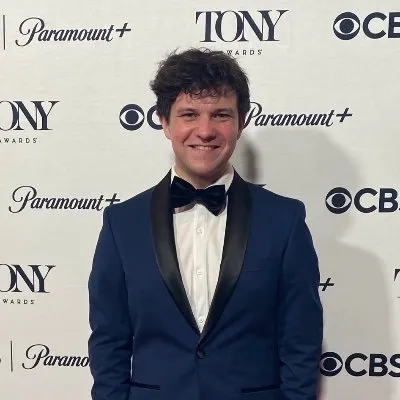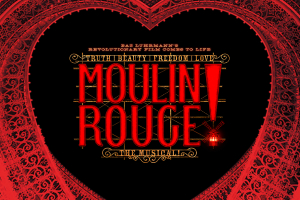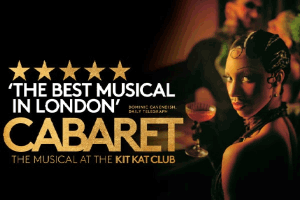Space – a fresh frontier: how the West End is rewriting its own rulebook
We look at some of the newest shows designing things a bit differently

© Marc Brenner
I've been watching a lot of clips from Peter Brook's Dream since his passing – a fantastic pocket of Shakespearean innovation. It's impossible to list the sheer number of recent productions that owe so much to the man's ideas.
What is striking is how footage of the show doesn't immediately make you think of a West End stage (despite it being filmed at the Aldwych, currently home to Tina). Brook's empty white box could be in a warehouse, a conference hall, a school gym. It cuts right to the centre of the director's ethos. Any space can be a stage. Theatre is meant to be responsive, adapting to modernity rather than sticking to worn tradition.
Designers in the West End have been taking this idea to heart. Tom Scutt's radical redesign of the Playhouse Theatre, rechristened the Kit Kat Club, created a virtually unrecognisable location. Producers ATG and Underbelly didn't think the standard proscenium arch model would suffice for a show where the audience was meant to feel complicit in a slide towards fascism. The grandeur of the venue's iconic entrance is eschewed in favour of an unassuming side door leading you through a murky subterranean corridor – every theatregoing convention is interrogated.
Chatting to award-winning Life of Pi producer Simon Friend, it's clear the same approach was taken at the Wyndham's Theatre, where venue owner Cameron Mackintosh allowed the team to drill two holes and hang a truss in order to bolster the immersive sound design. Friend even advised that the best seat in the house is in the royal circle, rather than in the stalls.
Mackintosh, of course, has a habit of extreme redesign ideas – even wanting to knock down the back of the Shaftesbury Theatre to house Follies a few decades back. Deemed too ambitious back then, you can imagine him getting his way in 2022.
Walking into the Piccadilly Theatre, with its can-can seating and spectacular elephant leering down over Moulin Rouge! audiences, it's clear that Derek McLane has been throwing everything imaginable at the wall and a lot of it will stick.
Even the National Theatre's decision to temporarily move to an in-the-round configuration recognised that malleability and flexibility is key. Theatre is community, and, post-lockdowns, being able to see fellow audience members on the other side of the room can mean as much as seeing a full company on stage.
What's becoming clear is that producers and designers are getting more and more ambitious with what a "West End show" can come to mean. Traditions and expectations are much more fun when they're subverted.
There are, of course, new frontiers to be tackled. West End auditoria must continue to improve access across all areas, allowing patrons flexibility and choice when attending shows.
In our last interview with Brook, he bemoaned the rise in ticket prices in recent years. Let's hope producers take this ethos to heart.














